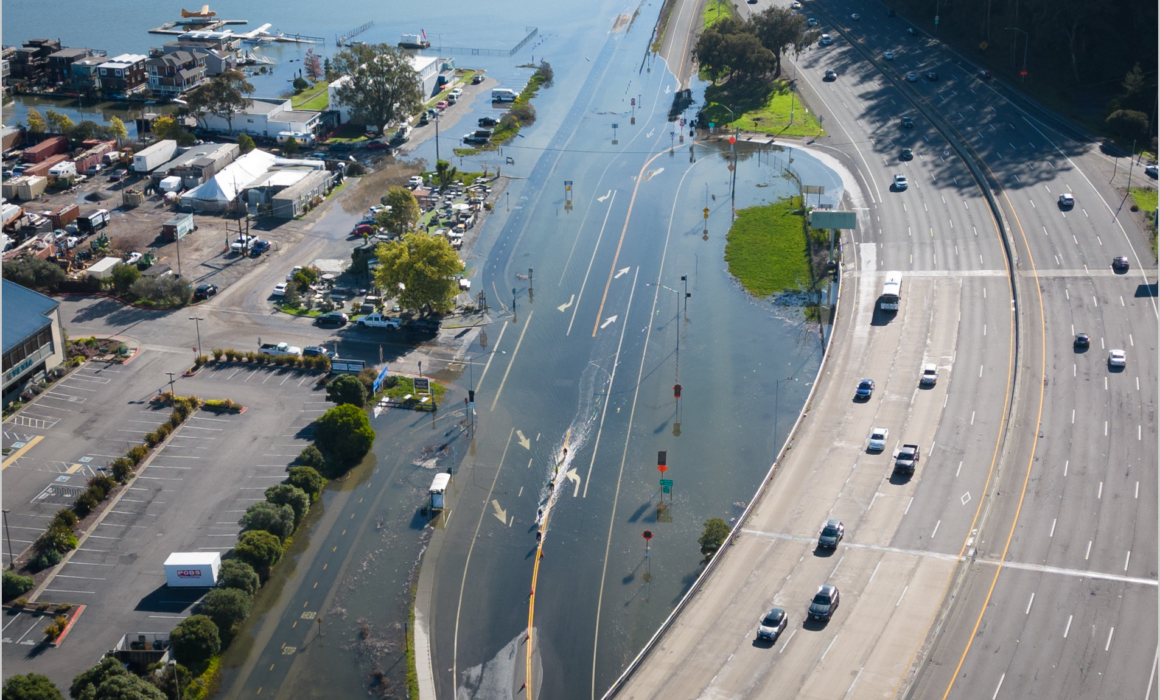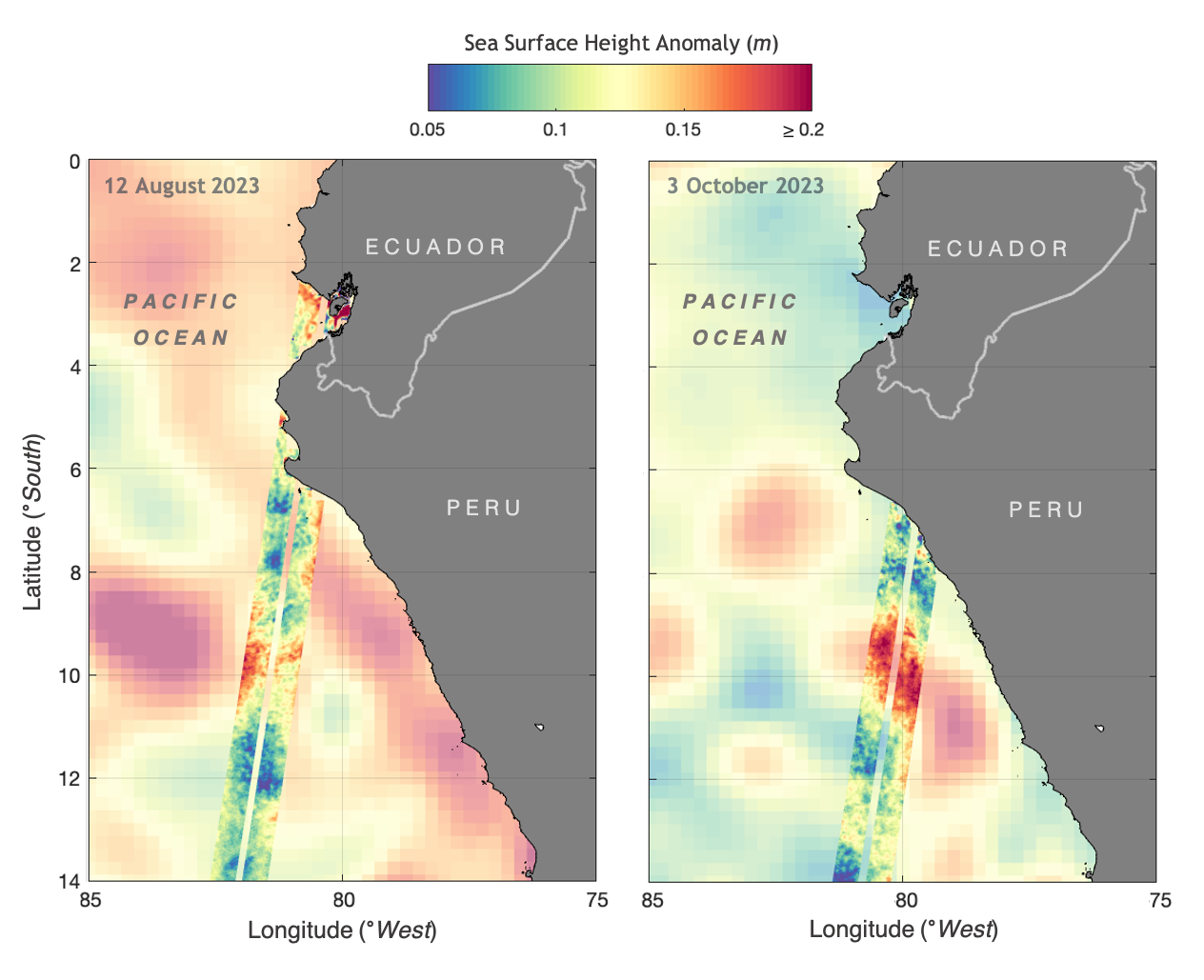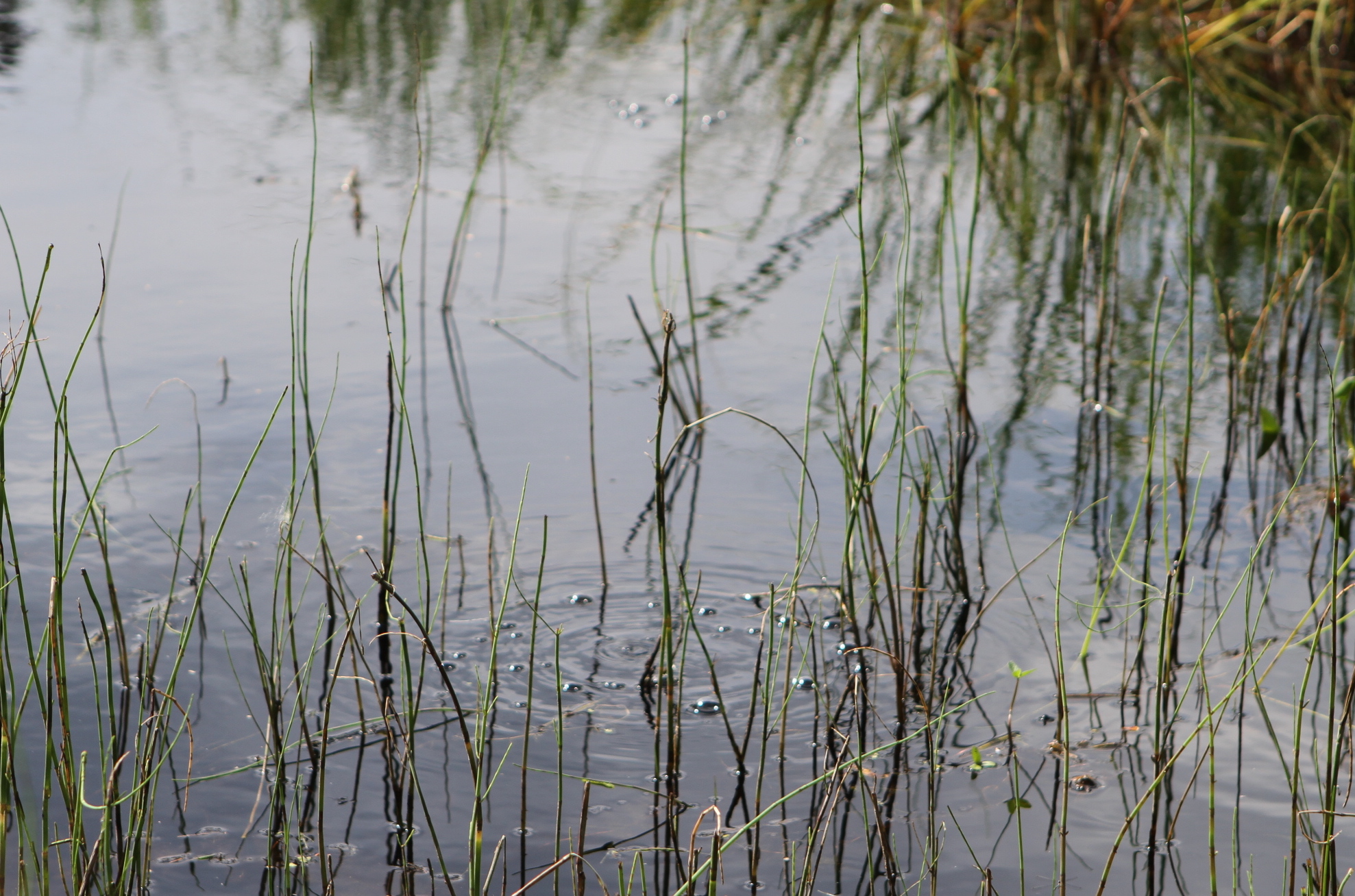Weather extremes, such as heatwaves and torrential rainfalls, are becoming more frequent and more intense across the United States under climate change.
In late September of this year, flash-flooding surged down neighborhood streets and subway stairways in New York City, as a historic rainfall led to canceled flights and closed roads and city officials urged people to stay at home or shelter in place. Some areas of the city saw up to 2.58 inches of rain in one day, nearly 50% more than the city sewer system’s maximum capacity, causing wastewater problems for many low-lying homes and businesses.
Intuitively, when an extreme weather event hits a city, the more residents it has, the larger number of people are affected. Currently, 83% of the United States population lives in urban settings, according to the U.S. Census. This number is expected to grow over the coming decades, rendering urban climate resilience extraordinarily important. As a result, many people have the impression that the growing sizes of cities are making weather extremes worse for the people who live there.
However, cities are designed and built by people. So, it stands to reason that if some methods of land development increase population exposures to extreme weather conditions, others might hold the potential to moderate or even reduce population exposures as the climate changes over the coming decades.
To explore this idea, University of Delaware researcher Jing Gao, assistant professor in the College of Earth, Ocean and Environment and a resident faculty member in the Data Science Institute, and colleague Melissa Bukovsky, associate professor in the Haub School of Environment and Natural Resources at the University of Wyoming, investigated how changes in urban land and population will affect future populations’ exposures to weather extremes under climate conditions at the end of the 21st century.
The researchers looked at urban areas across the continental United States, including cities large and small, with various development densities and in different climate regions. They used a data-driven model developed by Gao to predict how urban areas across the country will grow by 2100, based on development trends observed over the past 40 years. The research team considered how these urban land changes might affect weather extremes like heat waves, cold waves, heavy rainfalls and severe thunderstorms. They then analyzed how many people would be exposed to these extremes under different climate and urban development conditions at the end of the century.
The research team’s simulations showed that at the end of the 21st century, how a city is laid out or organized spatially, often called an urban land pattern, has the potential to reduce population exposures to future weather extremes, even for heat waves under very high urban expansion rates. Further, how the urban landscape is designed — meaning how buildings are clustered or dispersed and how they fit into the surrounding environment — seem to matter more than simply the size of a city. This is true even while climate change is increasing population exposures.
These findings apply to all cities, from large metropolitan areas like New York City to smaller towns in more rural contexts, such as Newark, Delaware.
“Regardless of the size of a city, well planned urban land patterns can reduce population exposures to weather extremes,” Gao said. “In other words, cities large and small can reduce their risks caused by weather extremes by better arranging their land developments.”
These findings differ from current common perceptions. For example, existing literature in this area has almost exclusively focused on limiting the amount of urban land development, Gao said.
In contrast, the new findings from this research encourage researchers and practitioners from a wide range of related fields to reconsider how cities are designed and built so that they can be in harmony with their regional natural surroundings and more resilient to potential climate risks over the long run.
Gao likened the effects of climate change and urban land patterns on extreme weather risks to the effects of a person’s diet and activity level on their risk for health problems. Properly designed urban land patterns, she said, are like physical exercises that work to counteract poor dietary choices, contributing to a reduced risk for disease, while helping a person become more fit in general.
“Carefully designed urban land patterns cannot completely erase increased population exposures to weather extremes resulting from climate change, but it can generate a meaningful reduction of the increase in risks,” Gao said.
And the cost to start is small, Gao said. No extravagant measure, such as leveling and rebuilding a large area at once, is required.
“Instead, when building new and renovating existing parts of a city, we should adjust our mindset to consider how the new development and renovation will change the way the city as a whole situates in its natural surroundings, and how the city and its surrounds can be one integrated human-environment system at large scales over the long run,” Gao said. “The key is to start adjusting how we think about development now.”
Next steps in the work
The researchers are working to identify specific characteristics about the spatial arrangement of a city that can make it more — or less — resilient to future weather extremes. Identifying these patterns can help guide development that is more sustainable in the face of increasing instances of extreme weather. Through their efforts, the research team hopes to provide actionable suggestions for how to design and build urban areas that reduce their residents’ exposures to weather extremes in the long run.
Importantly, the researchers emphasized that these characteristics will likely vary from region to region, now and as climate changes. For instance, what works in arid Phoenix, Arizona, will probably differ from what will work in humid New Orleans, Louisiana. Likewise, what might work today for a city could differ from what will work in the future, as climate conditions evolve.
“Eventually, we want our work to be directly useful to urban design and planning efforts, offering insights and tools for decision makers to influence long-term social and environmental well-being at scale,” Bukovsky said. “First, though, we need to identify what development patterns can improve various cities’ long-term climate resilience. We will continue collaborating in the future.”









Recent Comments